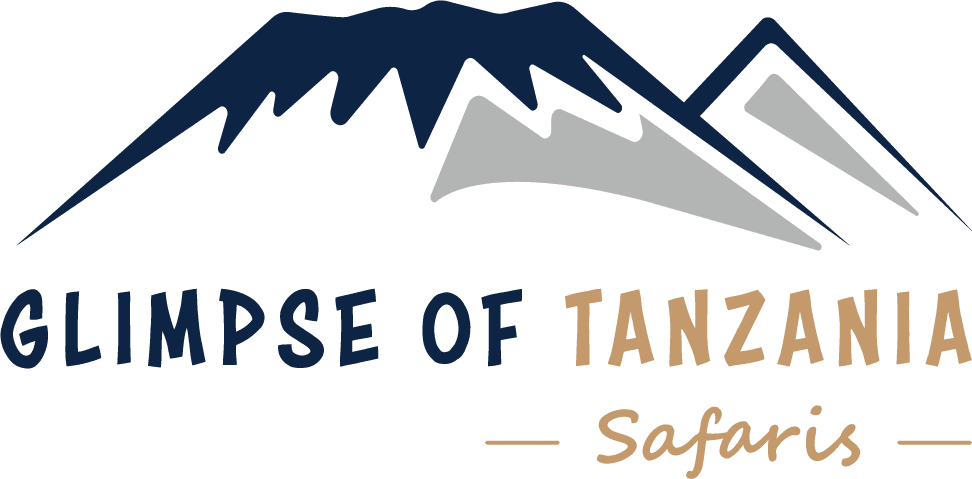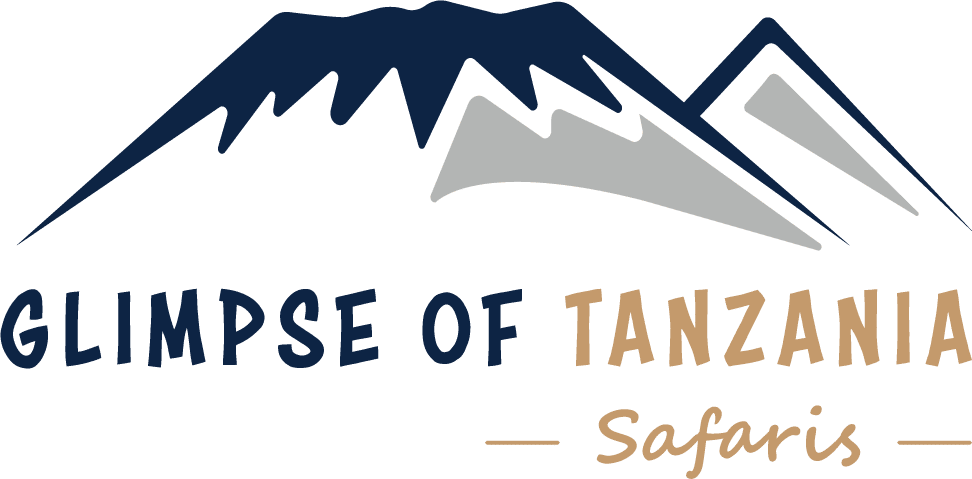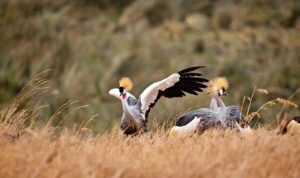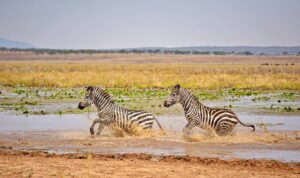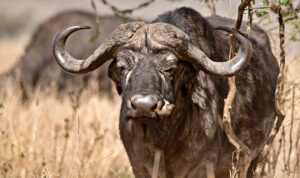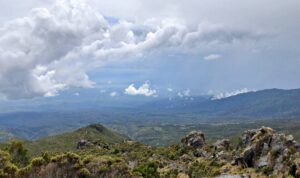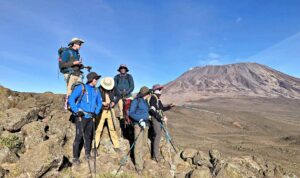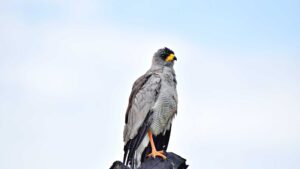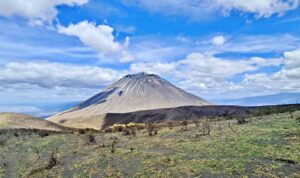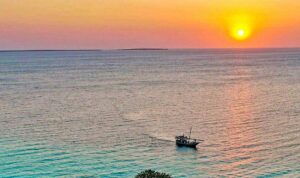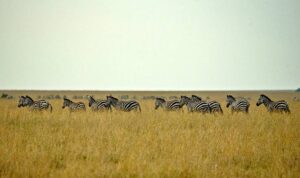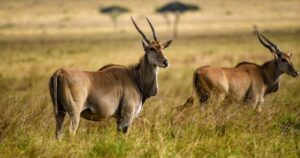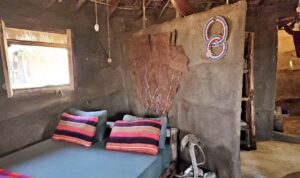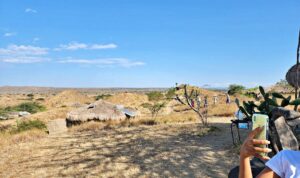VISIÓN GENERAL
Una maravilla viviente del mundo. El destino más codiciado y, de hecho, el que no debería perderse la oportunidad de escalar. La mayoría se preguntará por qué el monte Kilimanjaro es el mejor destino sin ser el más alto del mundo. Al surgir junto al ecuador, nadie espera que esté cubierto de nieve y, aunque muchos están acostumbrados a las cadenas montañosas, el Kilimanjaro es un pico independiente de 5.895 m sobre el nivel del mar.
CARACTERÍSTICA ÚNICA
LIBRE DE PIE
No forma parte de una cadena montañosa como el Everest o el Himalaya. Es testigo de la nieve donde menos se espera, es decir, en el techo del poderoso monte Kilimanjaro. El monte Kilimanjaro también es muy famoso en el mundo, ya que es la montaña más alta del continente africano, lo que la convierte en una de las 7 cumbres del mundo.
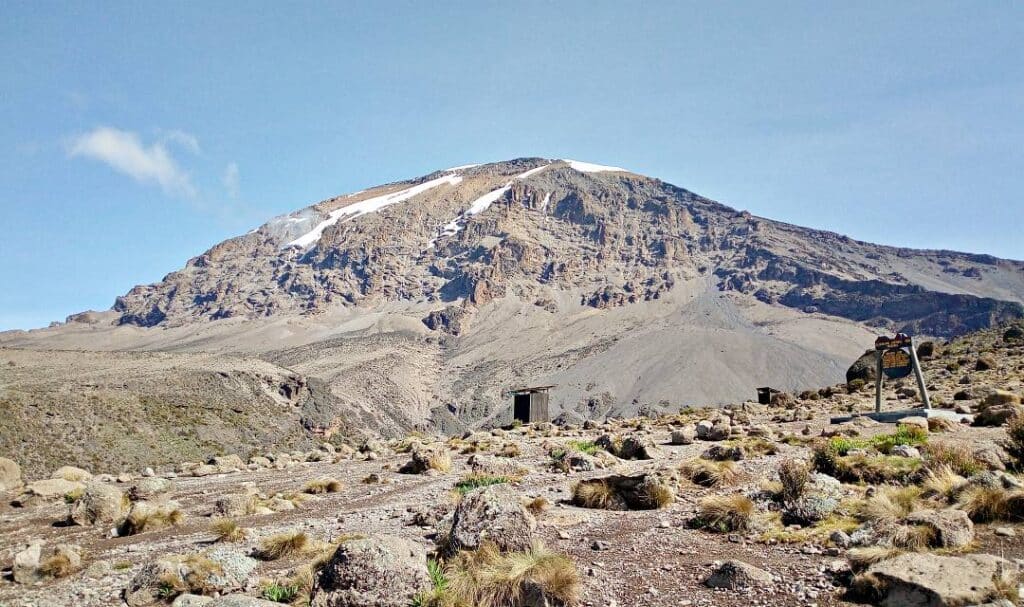
UBICACIÓN
Esta famosa montaña se encuentra en el norte de Tanzania, justo en la frontera entre Kenia y Tanzania, en la región del Kilimanjaro. También es un estratovolcán (término que designa un volcán muy grande formado por ceniza, lava y roca). El Kilimanjaro consta de tres picos: Kibo, Mawenzi y Shira. Kibo es la cima de la montaña y la más alta de las tres formaciones volcánicas. Mientras Mawenzi y Shira están extinguidos, Kibo está inactivo. El punto más alto del borde del cráter del Kibo se llama Uhuru, palabra swahili que significa "libertad".
RUTAS DEL KILIMANJARO
Hay seis rutas principales en el Monte Kilimanjaro, cada una está bien mantenida, y cada ruta tiene diferentes pros y contras, (Ruta Lemosho, Ruta Shira, Ruta Machame, Ruta Umbwe, Ruta Marangu, y la Ruta Rongai). El tiempo en el Kilimanjaro varía mucho en función de la altitud y de la estación del año: puede hacer mucho frío cerca de la cima, por lo que es necesario abrigarse bien, y el viento también (montaña impredecible), por lo que es necesario llevar ropa de abrigo; también puede llover mucho en cualquier momento, por lo que es obligatorio llevar ropa de lluvia de calidad.
RUTA LEMOSHO

La ruta Lemosho es uno de los senderos más escénicos del Kilimanjaro, esta ruta es realmente buena para aquellos que quieren tener más tiempo para explorar la Montaña y disfrutar de una vista increíble del Pico Shira el pico más antiguo del Monte Kilimanjaro, la ruta es la tercera ruta más difícil después de Umbwe y Machame un despliegue de esplendor panorámico en casi todos los lados de la montaña.
La ruta se aproxima al Monte Kilimanjaro desde el oeste, comenzando con un largo viaje en coche desde Moshi o Arusha hasta Londorossi Gate. Los dos primeros días se pasan caminando por la selva tropical hasta Shira Ridge. La ruta del Lemosho atraviesa toda la meseta del Shira de oeste a este en una caminata agradable y relativamente llana. La ruta atraviesa por debajo el Campo de Hielo Sur del Kilimanjaro por un camino conocido como el Circuito Sur antes de hacer cumbre desde Barafu. El descenso se realiza por la ruta Mweka.
RUTA MACHAME
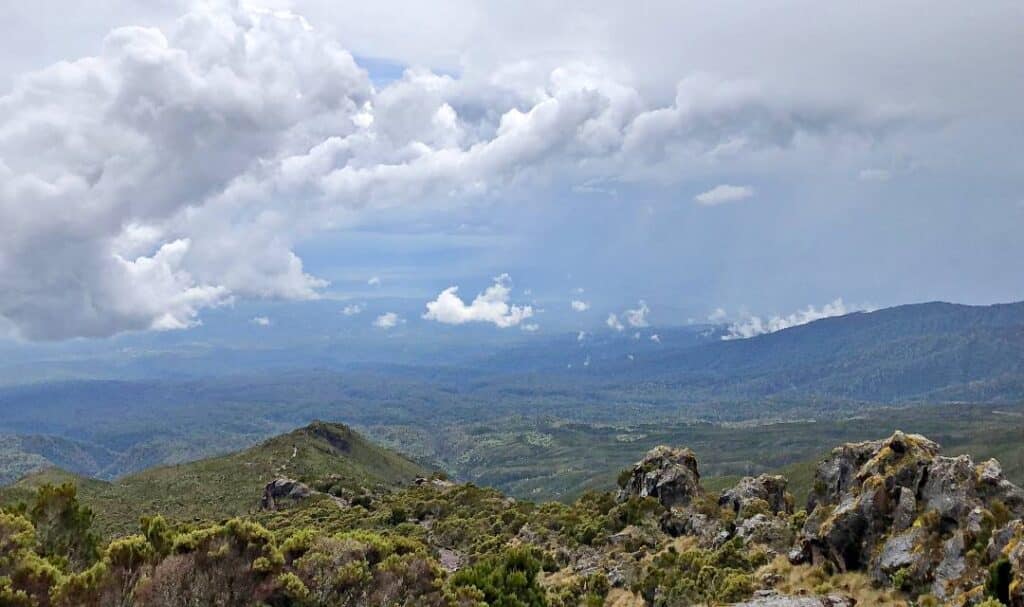
La ruta Machame, también conocida como la ruta "Whiskey", es una ruta muy popular en el Kilimanjaro. Machame exhibe una belleza escénica. Aunque se considera difícil, empinada y desafiante, sobre todo debido a su programa más corto. Por lo tanto, esta ruta es más adecuada para los más aventureros o para quienes tengan cierta experiencia en altitud, senderismo o excursionismo con mochila.
Se aproxima al monte Kilimanjaro desde el sur, comenzando con un corto trayecto en coche desde Moshi hasta Machame Gate. El camino conduce a los excursionistas a través de la selva tropical hasta la meseta de Shira. Aquí convergen muchas de las rutas del Kilimanjaro. A continuación, la ruta gira hacia el este y atraviesa por debajo el Campo de Hielo Sur del Kilimanjaro por un camino conocido como el Circuito Sur antes de hacer cumbre desde Barafu. El descenso se realiza por la ruta Mweka.
RUTA MARANGU
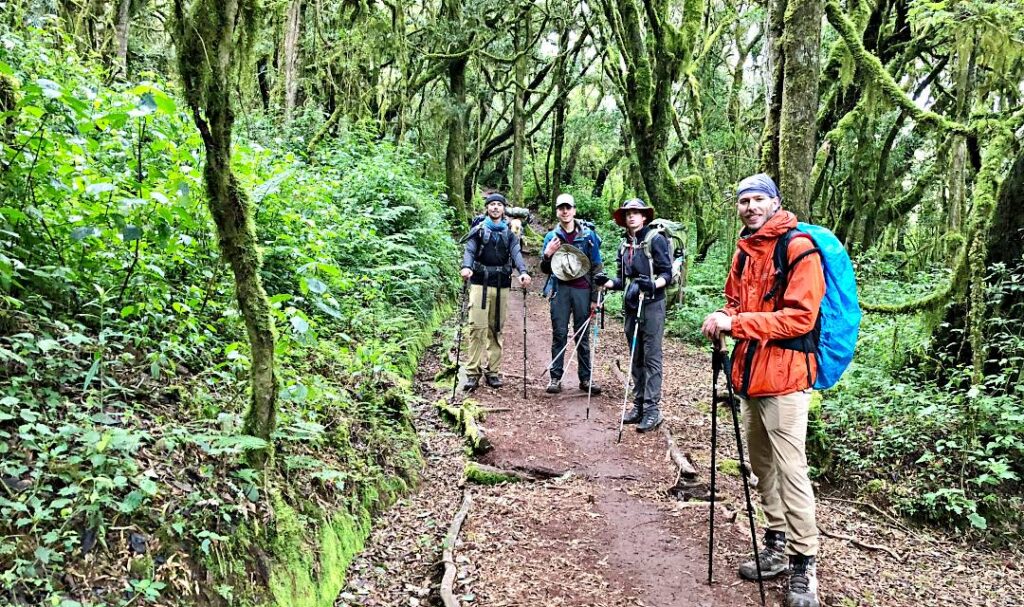
Apodada la ruta de la "Coca-Cola", la ruta de Marangu es un clásico del Kilimanjaro. Se considera la ruta más antigua y mejor establecida. Muchos prefieren la ruta Marangu porque se considera el camino más fácil de la montaña, dada su pendiente navegable. También es la única ruta que ofrece cabañas para dormir en alojamientos tipo dormitorio.
El número mínimo de días necesarios para esta ruta es de cinco, aunque la probabilidad de alcanzar con éxito la cima en ese periodo de tiempo es bastante baja. Es muy recomendable pasar un día más de aclimatación en la montaña cuando se escala el Kilimanjaro por la ruta Marangu.
Sin embargo, a pesar de su popularidad, atrae a mucha gente. La ruta tiene la menor variedad paisajística de todas las rutas porque el ascenso y el descenso se hacen por el mismo camino y es la más concurrida por ese motivo. Marangu sólo se ve favorecida durante la estación lluviosa, en la que se prefiere el alojamiento en refugios al terreno mojado.
VIDA SALVAJE EN EL KILIMANJARO
La montaña y sus alrededores ofrecen un hábitat para una gran variedad de animales salvajes como antílopes, elefantes, búfalos, eland, monos y aves. Estos animales pueden avistarse fácilmente en los puntos de menor altitud, ya que algunos también están en tránsito.
VEGETACIÓN EN EL KILIMANJARO
La vegetación más común en el Kilimanjaro es el chamfer, el senecio silvestre, los helechos, los sicomoros y los enebros, así como el musgo (barba de viejo).
El Kilimanjaro tiene 5 zonas climáticas diferentes;
- zona cultivada
- brezales y páramos
- desierto alpino
- zonas de cumbres árticas
- bosque montano
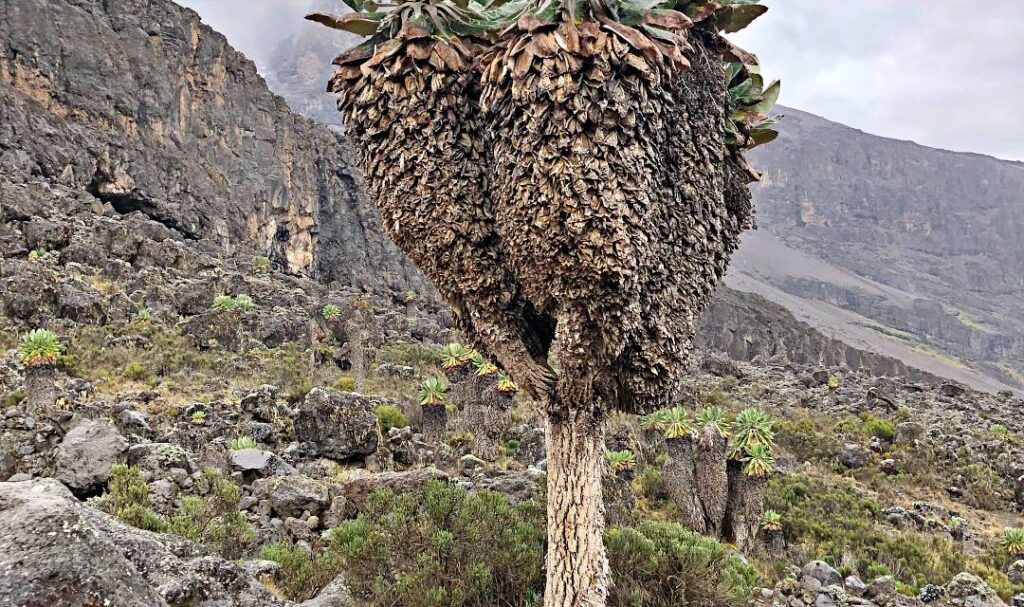
La zona de bosque montano es una zona húmeda y de suelo rico. La zona es el lugar perfecto para la multitud de plantas algunas de las cuales son endémicas como impatiens kilimanjarica
MEJOR ÉPOCA PARA ESCALAR EL KILIMANJARO
El tiempo en el Kilimanjaro es impredecible. Hay dos estaciones en las que se puede escalar el Kilimanjaro; Enero ? Marzo, y Junio ? Octubre.
De enero a marzo v
Junio - octubre es otra buena época porque es la estación seca. En esta época del año, el cielo es azul, por lo que ofrece una vista clara de la montaña y se pueden ver fácilmente las estrellas por la noche.
Sin embargo, el Kilimanjaro puede recorrerse casi todo el año. Por ejemplo, en Diciembre Mucha gente planea unas vacaciones en la montaña y puede planearlas para usted.
Abril, mayo, y noviembre no es una época favorable para escalar debido a las fuertes lluvias, pero aun así, los aficionados a la montaña pueden practicar senderismo.
